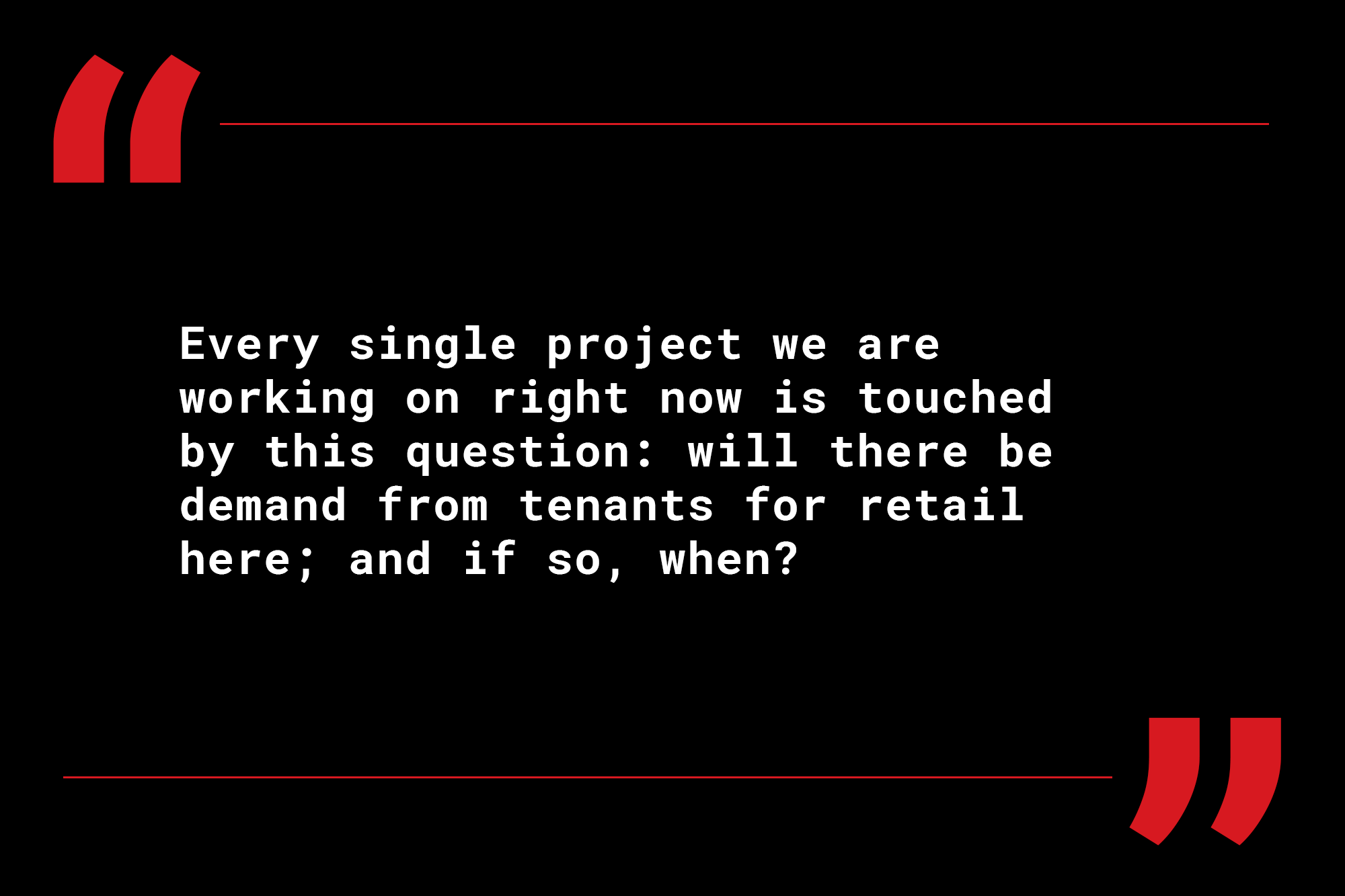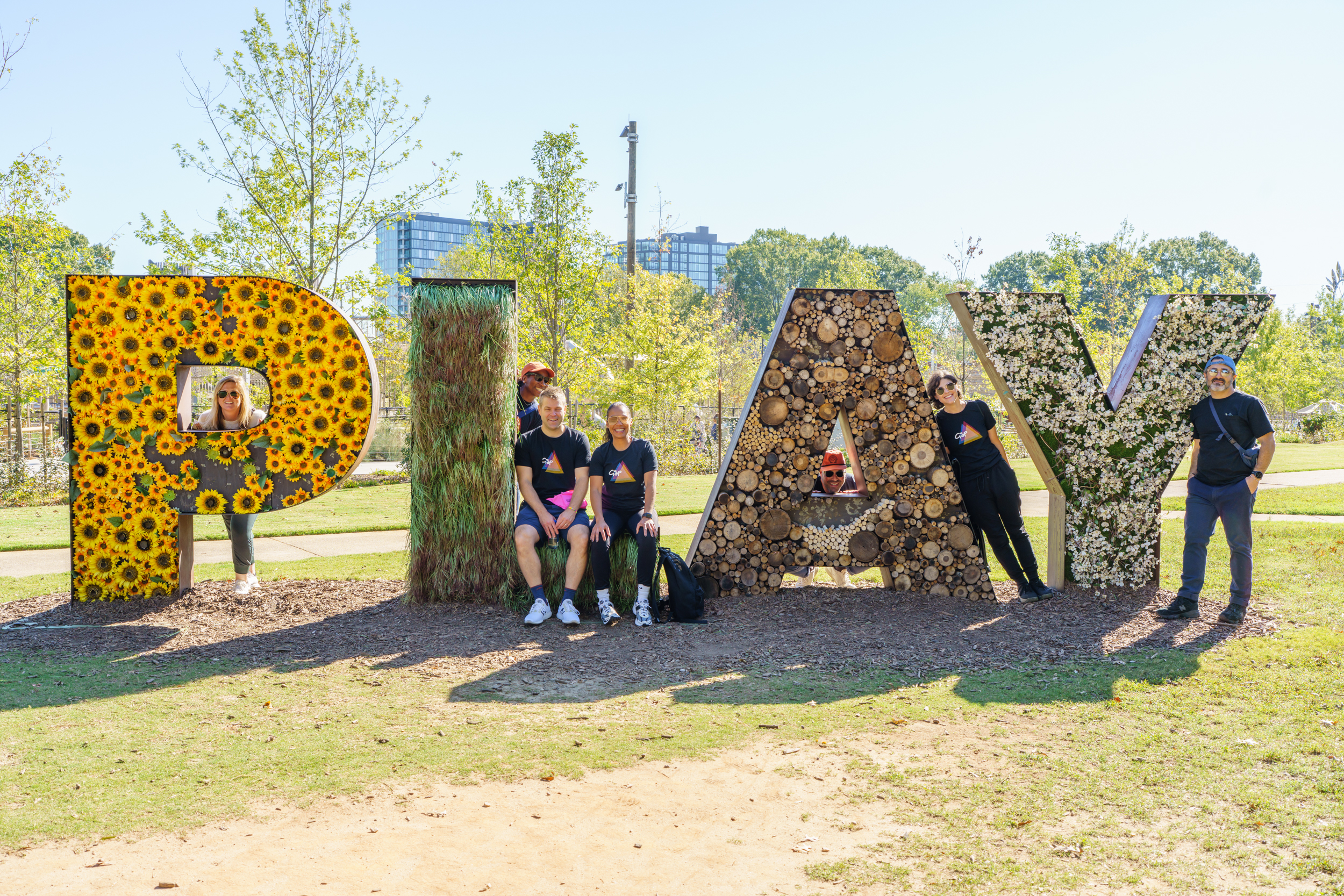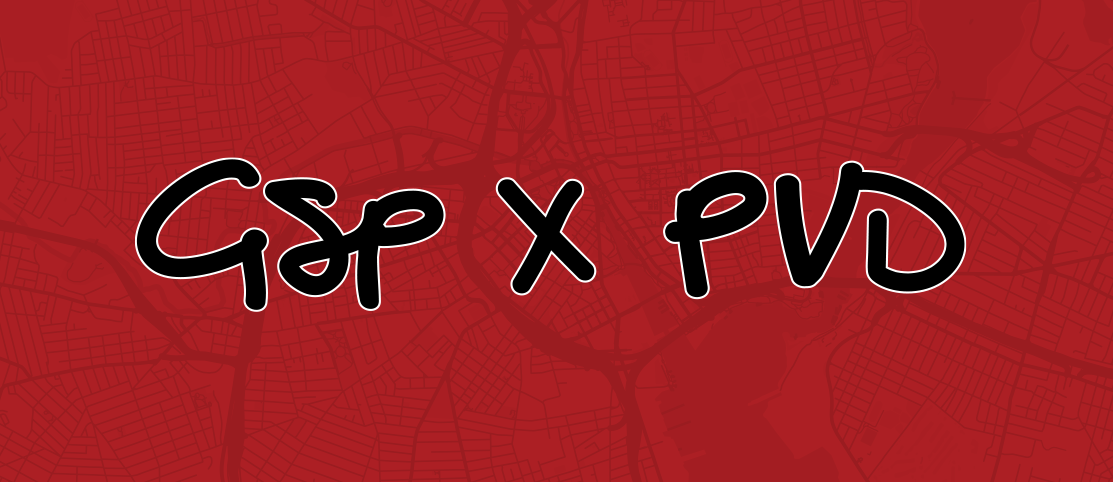Update #15: If Not Retail, What?
Dear Clients & Colleagues,
Public meetings are happening again (and some of the biggest developments in the region are moving forward), kids are back to school (sort of), and most of us have accepted that this pandemic is not nearly over (sadly). This acceptance — that the pandemic is far from over — has brought an odd sense of movement and progress to many of our projects, even as retail leasing and public realm programming in the urban setting remains almost entirely frozen relative to last year.
Unlike retailers and restaurateurs, our economic stability at Graffito isn’t entirely tied to revenue from real-time transactions. We have the luxury of working on real estate projects that span years with multiple phases. Therefore our planning and strategy work can go on, and can coexist, with the recognition that 2020 and 2021 will be wildly unpredictable. But the effects of this pandemic will touch our work for years and years to come, especially as related to retail development and retail leasing. Projects that we (and our clients, partners and the city agencies we work with) previously understood as retail-centric are no longer such.
So many projects being permitted right now — and so many projects that have been built over the past few years — have too much retail space. Even pre-pandemic we were concerned with this. But now we are in crisis mode. Simply put, here in Boston and throughout much of the country, we have an oversupply of retail space. We therefore need to completely readjust our thinking about ground floor leasing and programming.
Prior to the pandemic we spoke to many of you about the concept of “retail readiness”; our assertion that certain projects just weren’t ready for robust retail development until the addition of more density and activity in sounding buildings and spaces. But today I am thinking a lot less about retail readiness; instead I have been thinking about retail viability. Every single project we are working on right now is touched by this question: will there be demand from tenants for retail here; and if so, when?
For some projects there will not be enough retailer demand to satisfy available retail square footage. Mall owners are making adjustments now, in real-time, doing deals with schools, hospitals, last-mile distribution centers, and manufacturers. The rest of us need to move quickly too. And we need to be thinking about the sorts of non-retail active uses that we can populate our ground floors with. Uses that add vibrancy to our cities and create inclusive, diverse and equitable places. Here is a list of ten use categories that you all need to be thinking about as you seek to fill your (formerly) retail square footage:
- Arts
- Civic
- Education
- Housing
- Medical
- Recreation
- Creative Office & Coworking
- Event & Function
- Maker & Fabricator
- Media & Technology
This list is of course not exhaustive, and from an activation perspective there is no doubt a hierarchy, but many of these uses are going to be migrating to the ground floors of our urban and suburban neighborhoods in the coming years.
Lastly, despite the above perspective, please don’t forget that great retail will still exist (and thrive) in great locations. Period. But no doubt there will be fewer shops, restaurants and other retailers in 2022 than there were in 2018. And we all need to start planning for this future now. If you aren’t, get going.
More next month and the meantime do check out our new podcast, where we are talking about all of the above issues and more. Episode One dropped on Wednesday and is available via Spotify, Apple, Google and on our website:
https://graffito.com/podcast/s1e1/
Onward,
/Jesse




